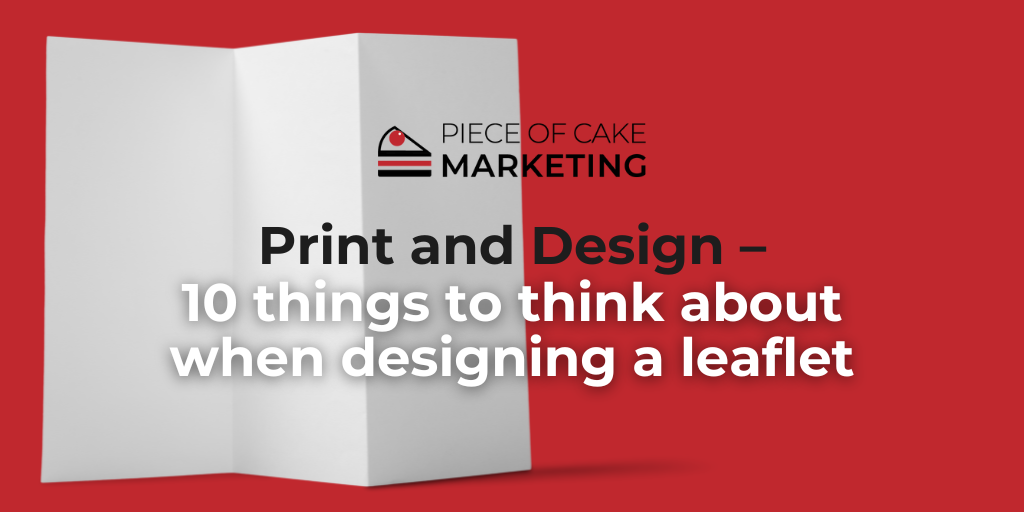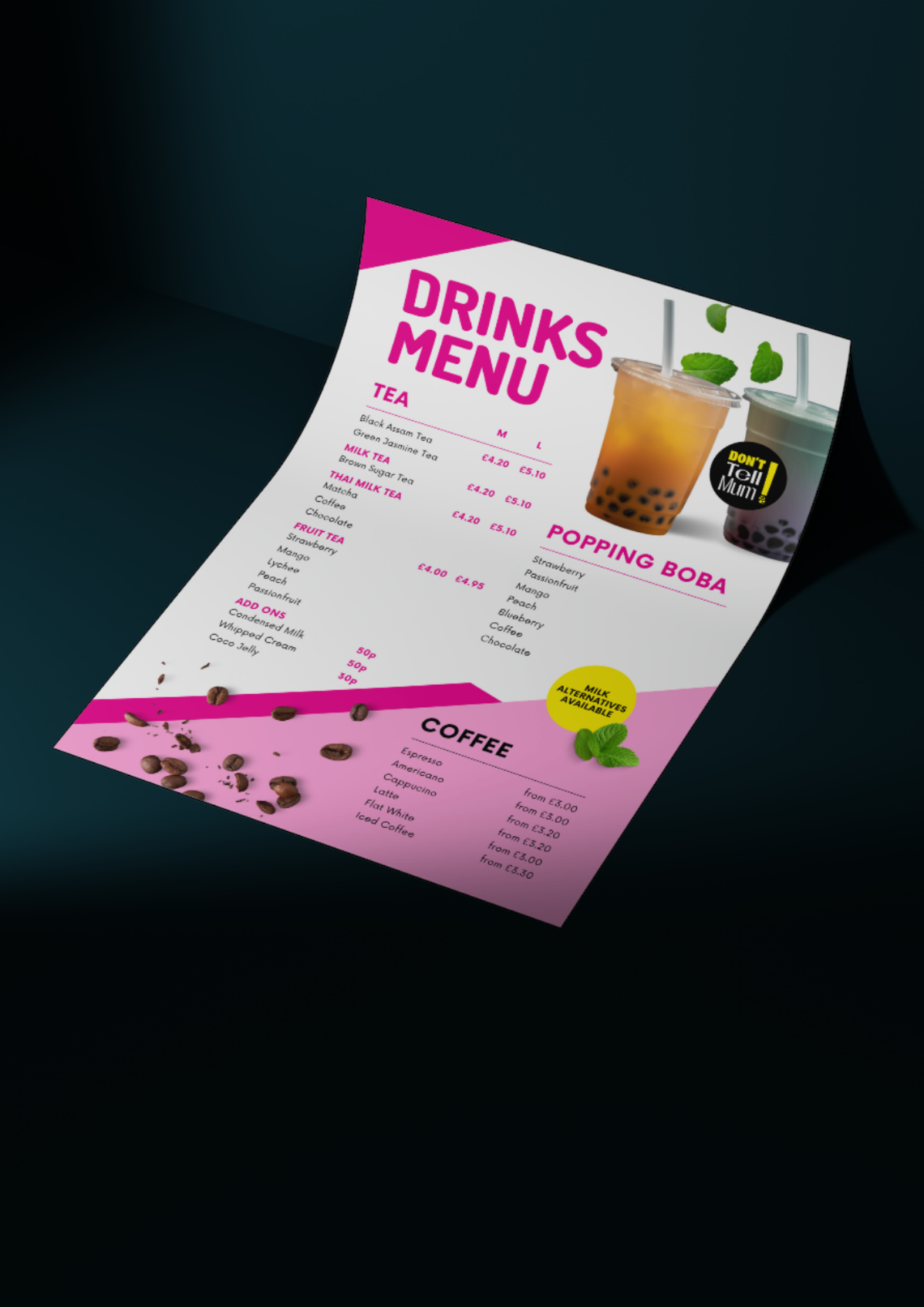In the rapidly evolving world of marketing, which often focuses on the role of social media, influencers, and complex digital campaigns, it’s vital to recognise the continuing value of printed materials like leaflets and posters.
These traditional marketing tools continue to hold their ground, providing a tactile and tangible way to engage with your audience. Their effectiveness is particularly noticeable when businesses seek to reach local or niche markets, where the personal touch and local presence can make all the difference.
Printed materials like leaflets can be crafted to convey a brand’s personality, values, and message effectively. They can create a sense of authenticity and trust, which is vital in business, making them powerful in your marketing strategy, and enhancing your brand’s visibility.

It’s also important to acknowledge that not everyone is actively using social media. For businesses catering to a diverse audience, such as Estate Agents, Plumbers, or Cafes, distributing well-designed leaflets can be a highly effective method for increasing awareness and attracting customers. These tangible pieces can be targeted towards specific locations or demographics, making them a versatile marketing tool.
Leaflets are also great at raising awareness in locations with high footfall, like bustling town centres. When designed well, they offer a physical and eye-catching presence in busy environments, ensuring that your message reaches a wide and varied audience.
Printed Materials in the Digital Age
In today’s digital age, printed materials like leaflets continue to coexist with digital marketing. They offer a refreshing alternative to the often overwhelming online landscape. While digital marketing has its advantages, the presence of a well-designed leaflet in your audience’s hands can be a powerful and memorable way to communicate your message.
Printed materials can also effectively bridge the gap between digital and physical interactions. You can include QR codes or custom website URLs in your leaflet, encouraging readers to visit your website or social media pages for more information. This integration allows for a seamless transition from the physical to the digital world.
10 Key Considerations When Designing a Leaflet:
So, since printed materials are still so important, what should you keep in mind when designing something like a leaflet? We’ve got a handy list of 10 important things to consider.
- Audience
- Create detailed buyer personas to understand your audience’s demographics, behaviours, and pain points.
- Develop content that speaks directly to their needs and aspirations, using language and imagery they can relate to.
- Consider conducting surveys or market research to gather insights about your target audience.
- Purpose
- Clearly define the primary goal and secondary objectives, such as increasing sales, raising awareness, or providing information.
- Align the design elements, content structure, and layout with the primary purpose to ensure a focused message.
- Simplicity
- Avoid visual clutter by simplifying the design. Use a grid layout for organisation and consistency.
- Space is limited so ensure that every element in the leaflet serves a specific purpose and contributes to the overall message.
- Visual Hierarchy
- Use typography to create a clear visual hierarchy. Use larger, bolder fonts for headlines and subheadings, and smaller fonts for body text.
- Employ contrast through colour and size to guide the reader’s eye through the leaflet, highlighting key points and essential information.
- Images and Graphics
- Use images that tell a story or convey emotions related to your message.
- Ensure that images are properly formatted for print or digital distribution, with adequate resolution. Most printers require photos and graphics to have at least 300 DPI for high-quality print outcomes.
- Graphics should be clear, not distorted, and relevant to the content.
- Typography
- Select fonts that match the tone and style of your brand or message. Serif fonts usually have a more traditional feel, whereas sans-serif gives a more modern look.
- Keep font choices to a minimum, typically using no more than two different fonts for consistency.
- Colour Scheme
- Choose a colour scheme that reflects the mood and message of your leaflet. Research colour psychology to select colours that evoke the desired emotions.
- Ensure that text and background colours have a strong contrast for readability, this is particularly important with conditions like colour blindness etc. (you can use a free app called Sim Daltonism to test the clarity of your designs for different types of colour blindness!)
- Call to Action (CTA)
- Make the CTA crystal clear and actionable. Use persuasive language, such as “Call Now” or “Get Started Today.”
- Use design elements like buttons or arrows to draw attention to the CTA.
- Whitespace
- Strategically use white space to separate content, creating a sense of organisation and flow.
- Group related information together, such as contact details, product descriptions, and testimonials.
- Proofreading:
- Conduct thorough proofreading and editing to eliminate grammatical and spelling errors.
- Fact-check all information and verify that data is current and accurate




By considering these 10 things, you’ll be well-equipped to create a leaflet that effectively communicates your message, engages your target audience, and drives the desired response or action.
Do you need help with your marketing? Are you unsure if you should be using print marketing or social media marketing? Email emma@pieceofcakemarketing.co.uk we will be happy to talk you through our packages and how we can help your business grow.
